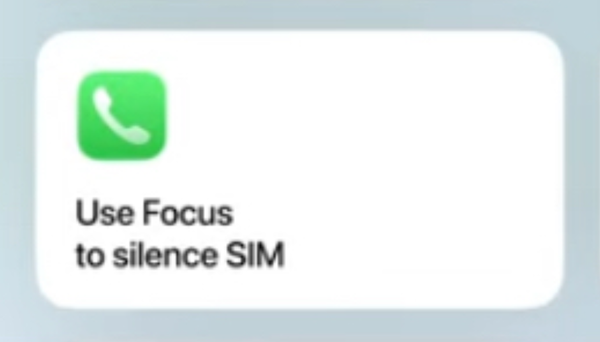Less Tasks
The problem with managing tasks in digital form is that they never leave you. They only seem to multiply the more you use and rely on the task manager.

For the last few weeks I’ve been running an experiment to rid myself of daily tasks. Or at least seriously cut back on how many tasks I set for myself.
I’ll explain.
For years I’ve been using Todoist to track my daily to-dos. I use it to manage every task that comes to mind, no matter how small or how large: reminders to purchase birthday cards, when to start preparing my tax returns and ideas I have for my business.
One of the benefits of using a digital task manager is scheduling future tasks, especially those well into the future. For instance, if it’s July, and I think of a gift that I want to get someone for the holidays, I’ll set a task to purchase that gift come November.
Because Todoist encourages users to live in the “Today” view, future tasks are out of mind until the exact day they are actionable.
Of course, like any productivity system, what can be orderly can also, over time, become unwieldy. Because of all this future scheduling, I now encounter upwards of twenty tasks in my Today view when I open Todoist each morning.
The reality is that I can only ever accomplish maybe seven or eight tasks in a single day, on top of taking meetings, running my business and raising my kids.
But the incomplete tasks remain. Todoist encourages users to reschedule unfinished tasks for future days when you’re less busy. Which, while handy, also adds to the backlog.
The problem with managing tasks in digital form is that they never leave you. They only seem to multiply the more you use and rely on the task manager.
I am in awe of Todoist. I’ve tried many task managers and Todoist is best-in-class, but even Todoist can’t save me from task overload. Thus, an experiment was an order.
Pen & Paper
When in doubt, go back to basics. So, I decided to quit Todoist. At least for now. Here’s the lightweight routine I recently established for myself:
- I’ve been carrying around a black Field Notes (lined) and Jetstream ballpoint pen. At the top of a blank page I write tomorrow’s date. Then, after work, as new tasks come to mind, I jot them onto the page for tomorrow. There’s no page after tomorrow. This isn’t a bullet journal. I’m only ever planning as far as tomorrow.
- At the start of the work day I review the Field Notes and transfer only the tasks that I still want to complete that day onto a Rhodia 8.3 x 11.7 legal pad (lined, again). The top of the Rhodia page has today’s date.
- At the end of the day I make a note on the Rhodia of tasks I intend to accomplish tomorrow. Then I walk out of my office with just my Field Notes.
- At the start of the next day I remove the top page of the Rhodia, transfer any remaining tasks from it, and any new tasks from my Field Notes, onto a new page on the Rhodia. Then, I take yesterday’s Rhodia page, fold it in two, and place it in the trash. Yesterday is done, never to be considered again.
During this time I’ve not allowed myself to open Todoist. Whatever tasks were waiting for me in Todoist have remained there, ignored and forgotten.
The benefits to this new method is that every day starts fresh. And, because I’m writing tasks by hand, it forces me to be judicious with how much I want to tackle on a given day. Also, there’s something relaxing about knowing that some un-transferred tasks remain in the Field Notes, should I ever care to review them. But I don’t.
This has resulted in less tasks, as hoped, and more intention about how I spend each day.
Of course, there are some drawbacks. For one, I haven’t determined how to handle future tasks other than to put them out of my mind. Which, in some ways, is the point. Need to get a birthday card for someone in a few months? That’s not my problem today. If I remember in a few months, great. And if I forget, I’ll survive.
However, I did cheat and peek into my Todoist a couple of weeks ago, and, while, as I predicted, most ignored tasks were of little consequence, there were a couple that would have been helpful to see. For instance, I have a recurring task set to appear every three months to change the A/C filter in our house. That one is kind of important.
I haven’t yet determined how to handle these semi-important future tasks using pen and paper. I could go the bullet journal route, but that feels like a more maximalist approach, and not the simplified task life I’m trying to build. One solution I’ve considered, but haven’t implemented yet, is to put these critical future tasks into my calendar.
Or, maybe, I’ll learn to ignore them and let go. If I remember to change the A/C filter, great. If not, oh well.



